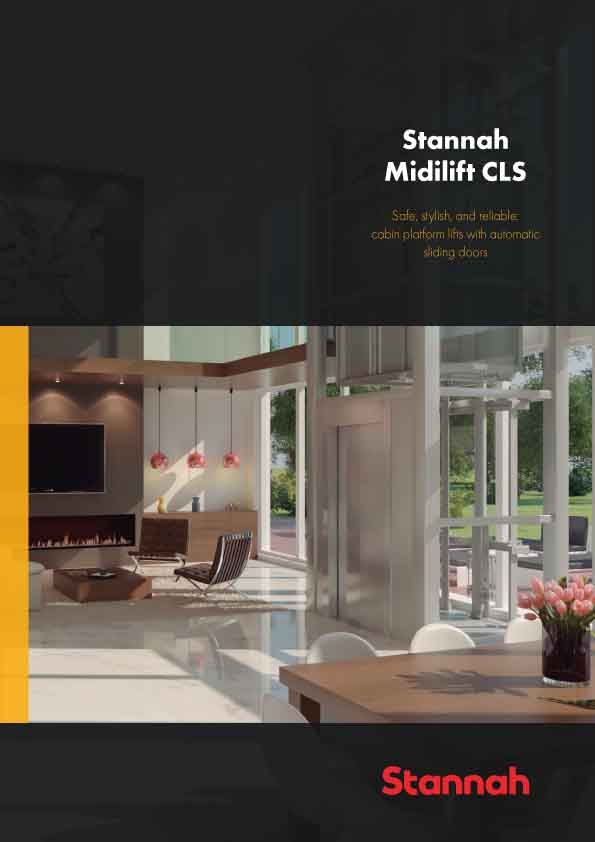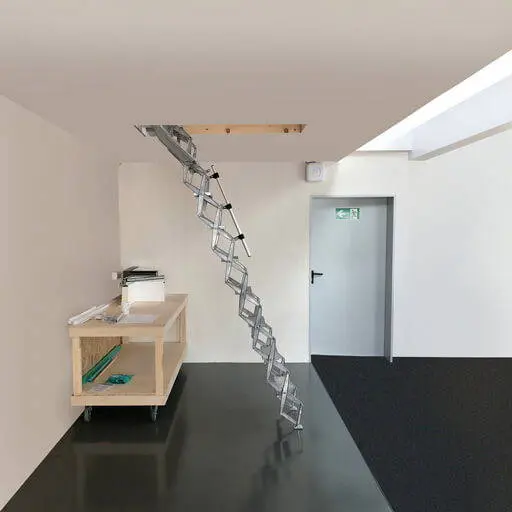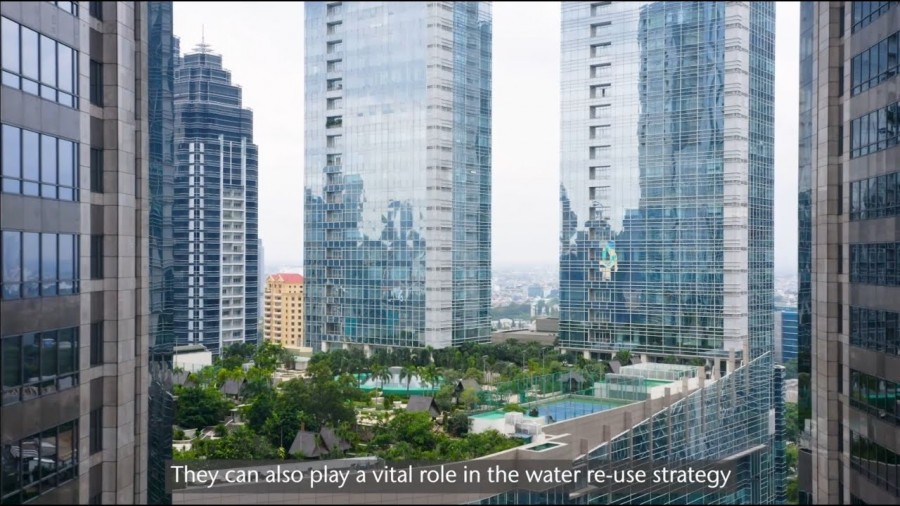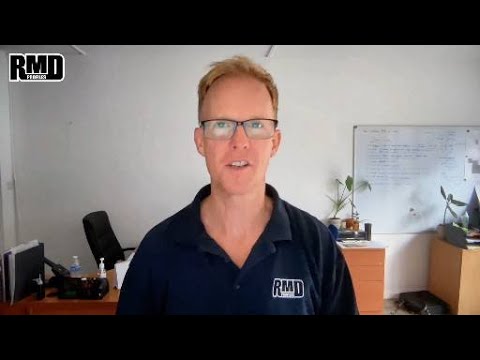Simon Cross,
Director of SiteSmart at BRE and a Member of the Construction Leadership
Council (CLC), says increasing productivity – now more than ever as we lead up
to Brexit – should be the sector’s number one priority in 2018
The economic
indicators point to a challenging 2018 for Britain in the lead up to Brexit in
2019.
The OECD forecasts
the UK’s GDP will grow by only 1% in 2018. Construction, which accounts for
around 6.7% of the UK economy and employs approximately 2.9 million (circa 10%)
people, has therefore never been more critical to UK plc’s fortunes.
Construction,
however, has its own set of challenges, some as a consequence of Brexit, others
due to its traditional business models and long-term lack of investment in
skills, technology, systems and processes. Indeed, ONS analysis shows over the
three months from September to November 2017 construction output decreased by 2
per cent.
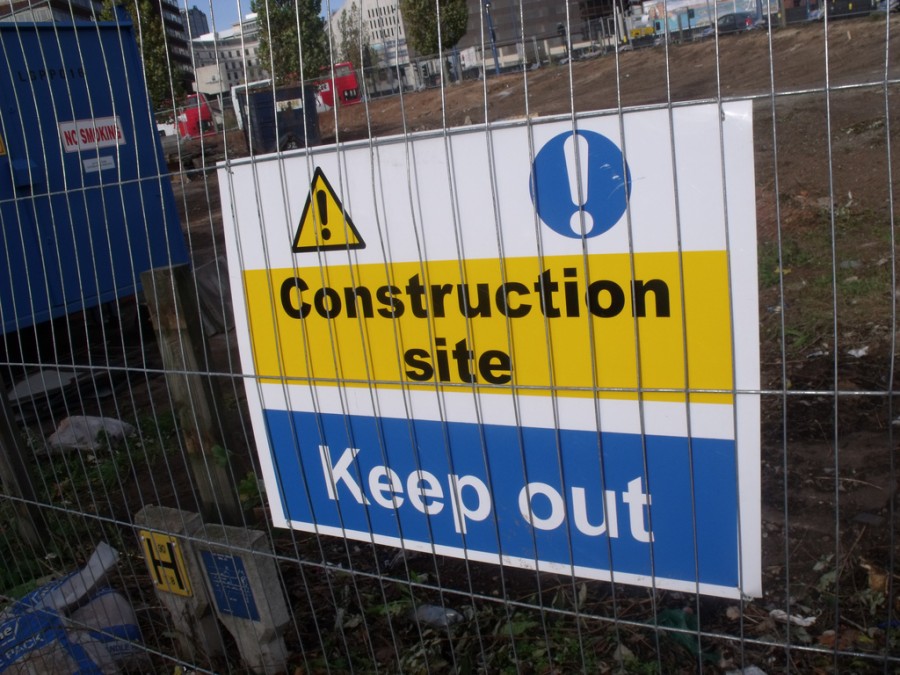
"Brexit will
surely exacerbate the skill shortages already being experienced, as anecdotal
evidence suggests much-needed skilled workers from Europe are leaving the UK to
return to their homelands," he said.
"Furthermore,
Britain is not producing in sufficient quantities UK nationals, via
apprenticeships, to replace them.
"Given this
gloomy scenario, driving productivity – i.e. the efficiency of converting
inputs e.g. people, machinery or processes into useful or desired outputs – is
critical not only to individual companies but also the nation as a whole lest
we slide into economic stagnation and even decline.
"So, how can
construction improve its productivity and what’s the potential benefit of doing
so? Let’s start with the latter. I believe the construction industry has the
potential to be 20-40% more efficient which would significantly increase operating
margins (contractors’ are less than 1%), provide R&D capital, and develop
sector resilience.
"How that’s
going to happen is through a combination of policy levers and market
forces."
He has outlined the
following.
1: Advanced
industrialised manufacturing (including offsite manufacturing and AI). The
recent (November 2017) presumption by five government departments in favour of
offsite construction across suitable capital programmes where it represents
best value for money is hugely significant in real terms and as a signpost of
the direction of travel.
Standardisation will
improve efficiencies in time, labour, materials and waste. It is already
stimulating investment, innovation, R&D, and encouraging disruption both
from within our sector and by outsiders. The outlier could be an existing tech
giant or a newcomer who transforms. I welcome them all.
New business models
require a significant change in culture, business structures, supply chain
models and behaviours. I believe this change requirement is largely
underestimated in the construction sector. Only when an organisation
demonstrates better performance through new business models will we see the
change required.
Such new business
models, as well as cultural shifts, are essential for an industry that
detrimentally to productivity has for too long maintained the status quo. An
expedited shift to advanced industrialised manufacturing will drive
efficiencies through new systems and processes, lessen build times, and attract
new talent.
Ultimately it will
increase operating margins that could be reinvested in R&D and to enhance
systems and processes that will continue the virtuous circle of greater
efficiency, performance improvement and altogether better outcomes, including
social and environmental sustainability indicators.
2: The capturing,
interpretation and application of data and the digitalisation of processes and
systems to measure and benchmark KPIs drives productivity and profitability. It
is an enabler and lifts up the sector to support growth and new business models.
The use of digital
technologies (including BIM) analysis and decision making has been the digital
catalyst within the sector. Now the industry has to accelerate its adoption
across projects throughout the entire supply chain – not only within functional
silos – and across the assets’ whole life cycle including post-occupancy and
during maintenance.
BRE SiteSmart suite
of tools – including YellowJacket and SmartWaste – help customers to measure
affordable their data, KPIs and other characteristics of their construction
sites and projects," he continued. "Thus informed, they are able to
make more agile decisions and improvements to increase their productivity and
save money.
For example, when
using SmartWaste, our data shows that construction projects become more
efficient and save an average of £12,000 per project on waste alone via
landfill taxes and associated recovery costs tied into circular economy models.
The SiteSmart tools’
measure the core KPIs of waste, energy consumption and transportation on
construction sites, as well as related CO2 emissions, water use, timber
procurement, health, safety, quality and process efficiency.
They have
demonstrated that it is possible to build to a higher specification at no or
minimal extra cost, when focusing on process efficiency, lean and offsite
construction and similar productivity improvement measures. Data and
digitalisation are the enablers of the step change.
3: Skills and
training are essential to deliver productivity and increase profitability, and
to meet the adaptation to an increasingly technologically driven workplace,
including on construction sites.
For example, drones
are regularly used on construction sites to aid project logistics and to guide
automated bulldozers. 3D printing is used to manufacture building materials,
components and even prototype whole buildings on site. Robotics is an increasing
factor in the workplace; all require human skills at many levels.
"All in all, it
stands to reason that better qualified and trained employees and contractors
will be more efficient, innovative and likely have a higher level of
motivation," he adds.
"Individually
and collectively these are characteristics that improve productivity and
profitability."














